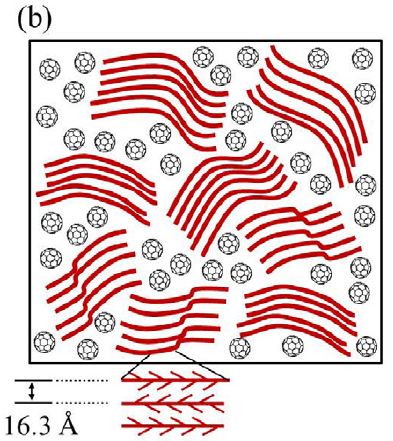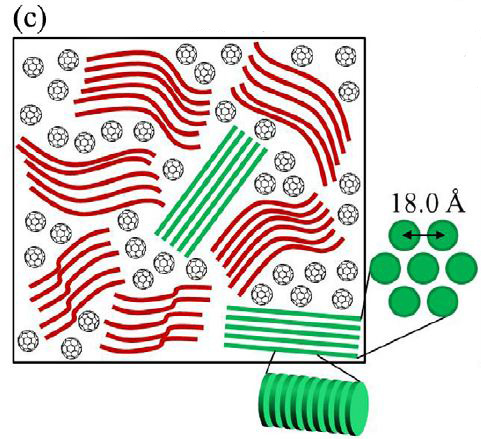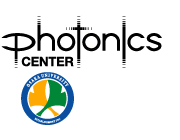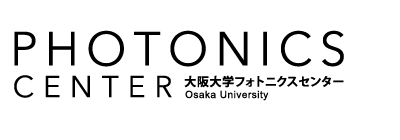【研究成果】2012
研究成果51
Non-peripheral octahexylphthalocyanine doping effects in bulk heterojunction polymer solar cells
Tetsuro Hori, Tetsuya Masuda, Naoki Fukuoka, Takeshi Hayashi, Yasuo Miyake, Toshiya Kamikado, Hiroyuki Yoshida, Akihiko Fujii, Yo Shimizu, Masanori Ozaki
Organic Electronics Volume 13, Issue 2, February 2012, Pages 335–340
We reported on the improvement of the long-wavelength sensitivity in P3HT(poly(3-hexylthiophene)):PCBM (1-(3-methoxy-carbonyl)-propyl-1-1-phenyl-(6,6)C61) bulk heterojunction organic thin-film solar cells by the doping of C6PcH2 (1,4,8,11,15,18,22,25-octahexylphthalocyanine), which is a soluble phthalocyanine derivative exhibiting near-infrared absorption, into the P3HT:PCBM bulk heterojunction active layer. At the composition ratio of P3HT:C6PcH2:PCBM = 10:3:10, the photosensitivity in the wavelength region from 650 to 800 nm was improved, and the short-circuit current density Isc was enhanced from 8.6 to 12.1 mA/cm2. As a result, the energy conversion efficiency was improved from 2.3% to 3.0%. It was found that the bulk heterojunction was composed of both highly ordered P3HT domains and hexagonal columnar structures of C6PcH2 at the P3HT:C6PcH2 composition ratio of 10:3 and that P3HT and C6PcH2 underwent mutual microphase separation in the active layer. We have discussed the mechanisms of photoconversion in the bulk heterojunction organic thin-film solar cell based on the P3HT:C6PcH2:PCBM active layer.


Schematic diagrams of micro phase separation in the P3HT:C6PcH2:PCBM active layers, the composition ratios of which are (b) 10:0:10 and (c) 10:3:10. C6PcH2 transfers electrons and holes through the columnar structures.



